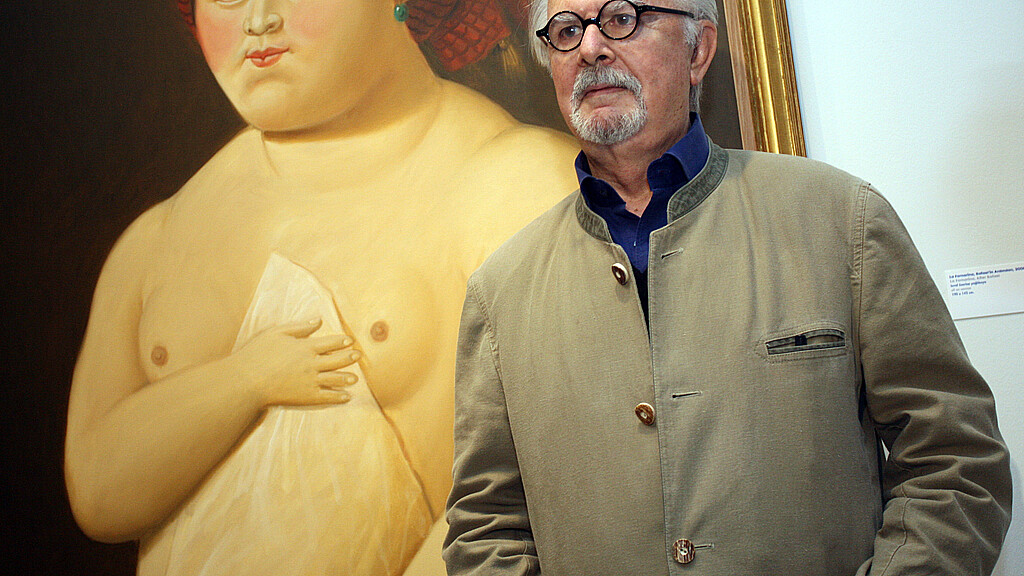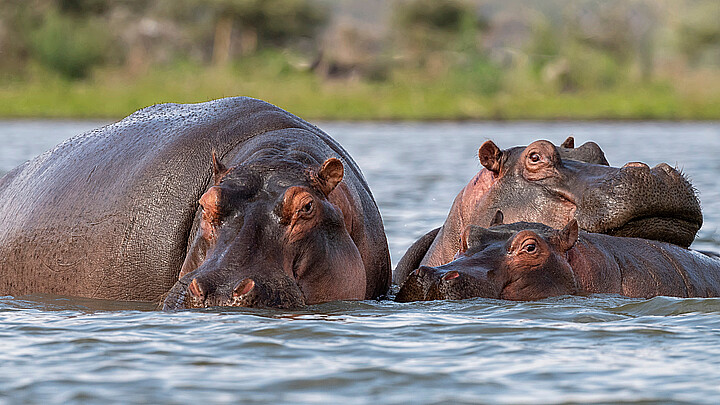Culture
Colombian President Petro praises sculptor and painter Fernando Botero, who died at 91
“The painter of our traditions and our defects, the painter of our virtues has died,” President Gustavo Petro wrote on X, the platform formerly known as Twitter, on Friday. “He painted violence and peace. He painted the pigeon that was rejected one thousand times, and put one thousand times on a throne”

September 20, 2023 8:36am
Updated: September 20, 2023 8:36am
World famous Colombian sculptor and painter Fernando Botero, whose works became symbols of Colombian art around the world died Friday morning at the age of 91.
His daughter, Lina Botero, told Colombian radio station Caracol that her father passed away late last week in Monaco after catching a pneumonia.
“The painter of our traditions and our defects, the painter of our virtues has died,” President Gustavo Petro wrote on X, the platform formerly known as Twitter, on Friday. “He painted violence and peace. He painted the pigeon that was rejected one thousand times, and put one thousand times on a throne.”
Botero’s art captured the images of animals, politicians, saints and landscapes, many of which he conceptualized from his childhood memories. While he came from a challenging upbringing, he was able to create a world famous career that left his sculptures in museums and parks all throughout Latin America and Europe.
His sculpture of a plump, white pigeon, standing on a pedestal became a Colombian symbol of its attempts to make peace with rebel movements. It is currently displayed in a gallery inside the Colombian presidential palace.
During his lifetime, Botero also donated 180 paintings to Colombia’s Central Bank, a collection which was ultimately transformed into the Botero Museum in Bogotá.
“His success was truly immense,” wrote his son Juan Carlos, in a 2010 biography of the artist. “Fernando Botero has created a unique style, that is original and easy to recognize.”
The artist’s paintings have been bought for as much as millions at auctions, and the artist sometimes donated his work, including 23 statues, which now stand proudly in a downtown Medellín park.
Colombians have often taken pride in Botero’s art because it represents the nation’s history. He has depicted many of his subjects in turn of the twentieth century fashion at a time when Colombia’s beautiful, lush landscape was undisturbed.
Botero was born on April 19, 1932 in Medellín, Colombia. During his youth, his uncle enrolled him in a bullfighting school, a world he later depicted in his paintings.
After a taste of success by selling some drawings of bullfights outside the city’s bullfighting arena, the young artist made a decision to be fully committed. He was only 14 years old.
His mother told him he would have to pay for his training, but she encouraged his artistic development.
Soon Botero was featured in a collective exhibition in Bogotá, and had an individual exhibition there in 1951. He moved to Spain in 1952 to study at the Royal Academy of Fine Arts of San Fernando, not far from the nation’s capital of Madrid.
After he studied at the Spanish Royal Academy he visited Mexico to research the work of other artists such as José Clemente Orozco and Diego Rivera.
Amid his artistic triumphs, Botero fell in love with Gloria Zea whom he married. Eventually, the couple had three children, Fernando, Juan Carlos and Lina.
In 1958, he returned to Colombia, and was hired as a professor at the School of Arts of the National University in the nation’s capital city of Bogotá.
He divorced Gloria Zea and in 1960, he moved to New York with just a few hundred dollars to his name.
Down on his finances, Botero’s creativity accelerated. The now famous artist started painting plump versions of animals and people, a unique style that attracted the attention of Manhattan art critics.
Before long, he had nearly a thousand such paintings.
Four years later, as his career began to take off, he fell in love with Cecilia Zambrano, who he also later divorced.
But in 1970 Cecilia gave birth to a son, Pedro, who was tragically killed four years later in a car accident in Spain.
Botero expressed his sadness over the incident in his painting “Pedrito.” The painting portrays Pedro riding a toy horse while wearing a blue police officer’s uniform.
The grief stricken artist also donated 16 works of his art to the Medellín based Museum of Antioquía to honor his son. The museum named a room in Pedro’s memory, calling it “Pedrito Botero.”
In the next decade, during the Seventies, Botero moved on from painting to bronze sculptures. Although he only focused exclusively on sculpting for eight years, the statues became world famous.
He Botero returned to painting in 1978, but continued sculpting. Many of his paintings portrayed people enjoying day to day life, but some of his work, such as a 2005 work he did about the war in Iraq became highly controversial.







